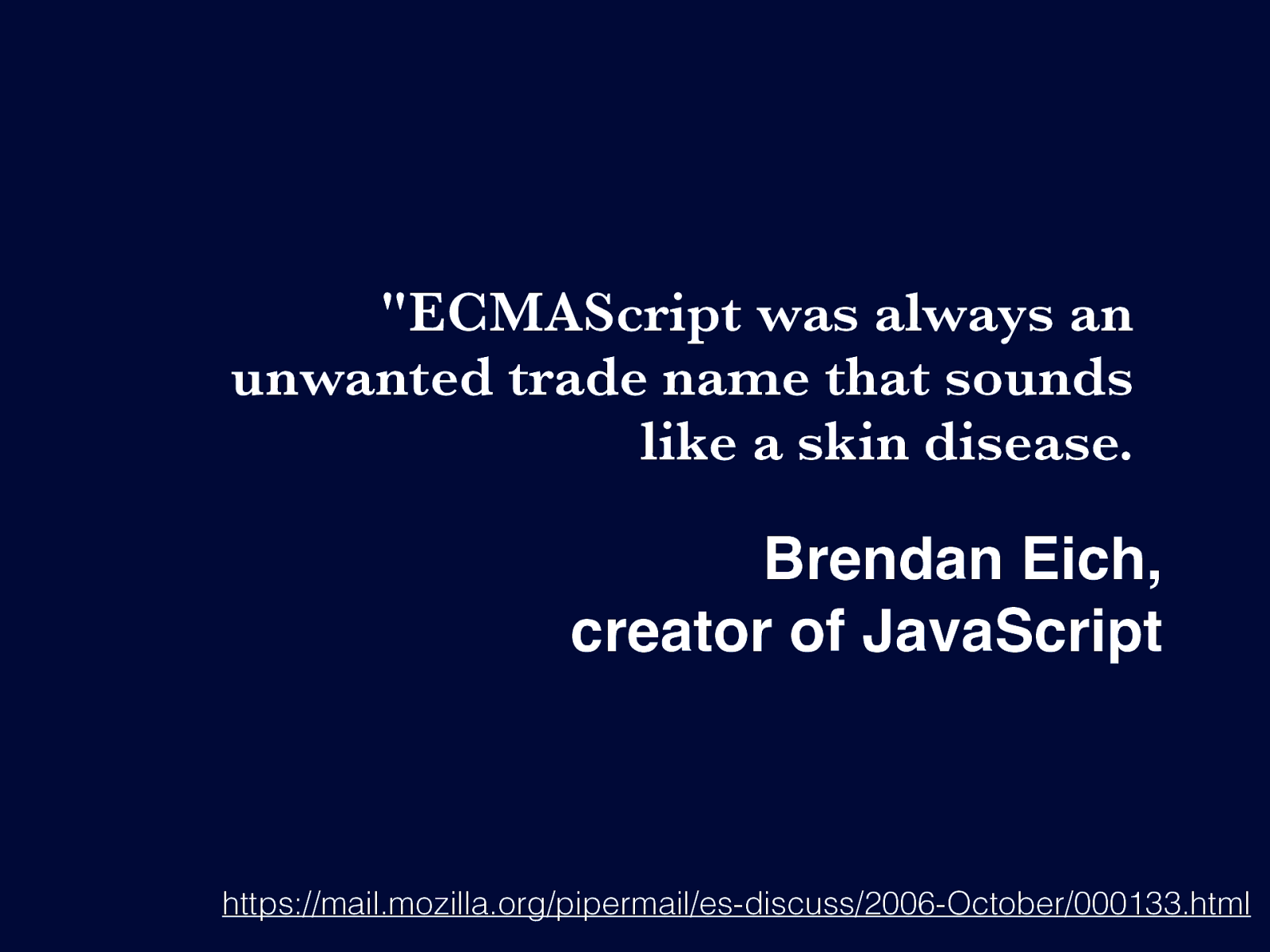


ES6 does not allow accessing this in any way before calling super() within a child class constructor, while Haxe allows calling super() at any place in the constructor.Įven when we don't explicitly access this before super() in Haxe code, it can still happen when a class has fields with initializer values. ECMAScript 6, or ES6, is the next version of JavaScript, and includes many enhancements and new features that make JavaScript coding easier and more. One of significant differences between Haxe classes and ES6 classes reveals itself when inheritance is used. In some cases, Batch JavaScript tags are not supported by. Accessing this before calling super constructors However, some Tag Management Systems do not support ECMAScript 6. Understanding ECMAScript 6 is your roadmap to the new object types, syntax, and other exciting features in the latest version of JavaScript.

The result of years of study and debate, ECMAScript 6 reached feature complete status in 2014. Not only does the sixth edition add new object types, but also new syntax and exciting new capabilities. To enable ES6 generation mode, simply add -D js-es=6 to the compiler arguments. ECMAScript 6 represents the biggest change to the core of JavaScript in the history of the language. This might be required when using third-party ES6 libraries, because native ES6 classes cannot be extended using the old method. All development is public on the Ecma TC39 GitHub organization, which hosts proposals, the official specification text, and meeting notes. Starting with Haxe 4.0, Haxe can generate ES6 class definitions instead of classic function + prototype combination. ECMAScript editions are approved and published as a standard by the ECMA General Assembly on a yearly basis. 12.2.2 ECMAScript 6 class generation since Haxe 4.0


 0 kommentar(er)
0 kommentar(er)
